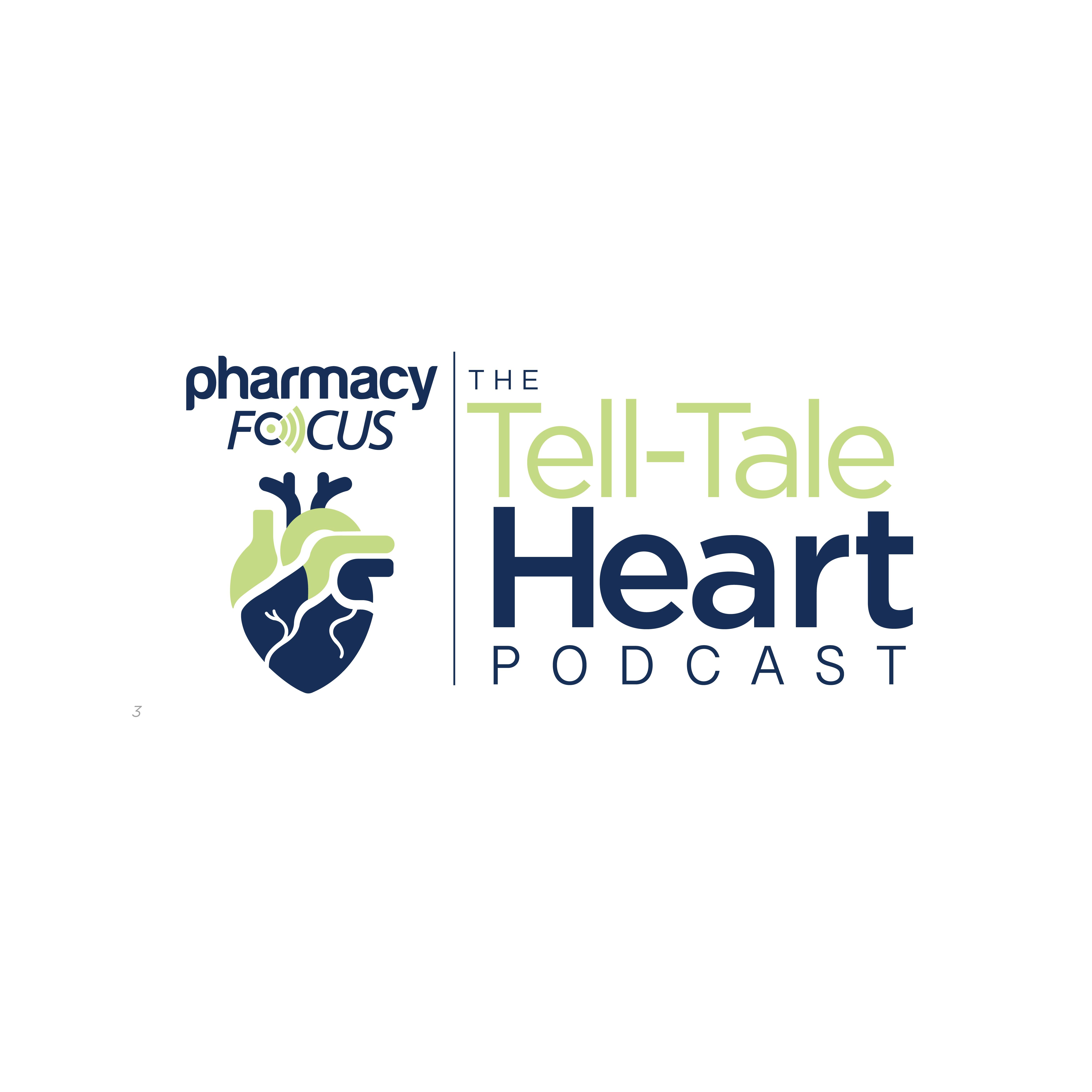News
Article
Obesity in Patients With Non-Small Cell Lung Cancer Is Linked to Longer Survival
Author(s):
Key Takeaways
- Obesity with preserved skeletal muscle mass and radiodensity is linked to improved survival in NSCLC patients post-resection.
- The "obesity paradox" suggests better survival outcomes for obese cancer patients compared to nonobese ones.
The study results build on the “obesity paradox,” which suggests that patients with cancer and obesity have better outcomes.
Obesity was associated with improved overall survival (OS) after curative resection in patients with non-small cell lung cancer (NSCLC) when skeletal muscle mass and radiodensity were preserved, according to study results published in Radiology. The findings provide more data on the association between obesity, as defined by body mass index (BMI), and better clinical outcomes.
Woman stepping on a scale | Image Credit: © Hunterframe - stock.adobe.com

Obesity is a known risk factor for a variety of diseases, including cardiovascular disease and diabetes, as well as some cancers. However, several studies have reported a counterintuitive observation suggesting the potential improved clinical outcomes across various disease states in patients with obesity, which was particularly notable in NSCLC. This is known as the “obesity paradox,” in which patients with cancer and obesity seem to have better survival than those who are nonobese with cancer.1
“Although BMI is a useful and practical tool for initial assessment, it should be complemented by detailed body composition measurements to better understand the obesity paradox in non–small cell lung cancer,” the authors wrote. “This highlights the importance of both the quantity and quality of skeletal muscle in the association between obesity and improved survival.”1,2
In a retrospective study, researchers evaluated 7076 Korean patients (mean age, 62.5 years ± 9.7 [SD]; 4081 male) with NSCLC who underwent curative resection between January 2008 and December 2019. The patients were categorized into nonobese (BMI <25) or obese (BMI ≥25) groups, the World Health Organization threshold for the Asia-Pacific region. Of the total patient population, 35.5% (n = 2512) had a BMI greater than or equal to 25.1
The researchers assessed skeletal muscle status at CT at the level of the third lumbar vertebrae, of which low skeletal muscle mass (LSMM) was defined as the sex-specific lowest quartile. Cox regression analyses were used to evaluate the links between BMI and muscle status with OS.1
The data showed that patients with obesity without LSMM or myosteatosis had a longer OS and a 21% reduced risk of mortality compared with patients in the nonobese group (hazard ratio [HR], 0.77; 95% CI: 0.66, 0.90; P = .001). This association between improved OS and obesity was primarily seen in male patients (HR 0.72, 95% CI 0.60-0.85, P < .001) and those who had ever smoked (HR 0.71, 95% CI 0.60-0.85, P < .001).1,2
The researchers also looked at recurrence-free survival and found that patients with obesity had a 13% lower risk of recurrence or death compared with those without obesity (HR 0.87, 95% CI 0.78-0.98, P = .02). The difference in risk of recurrence or death according to skeletal muscle status between patients with and without obesity was not statistically significant, regardless of LSMM and/or myosteatosis status.1,2
There were some study limitations, including the observational design, which made it more challenging to determine the causal relationship between obesity, skeletal muscle status, and survival. Additionally, the study population only consisted of Korean patients with a low prevalence of morbid obesity and a predominance of early-stage NSCLC. Further studies are needed to determine if these associations are present in other populations.1
“Based on the findings of this study,” the authors said, “it is proposed that patients with obesity whose skeletal muscle quality and quantity are preserved may drive the obesity paradox, emphasizing the essential contribution of skeletal muscle to this phenomenon.”1,2






